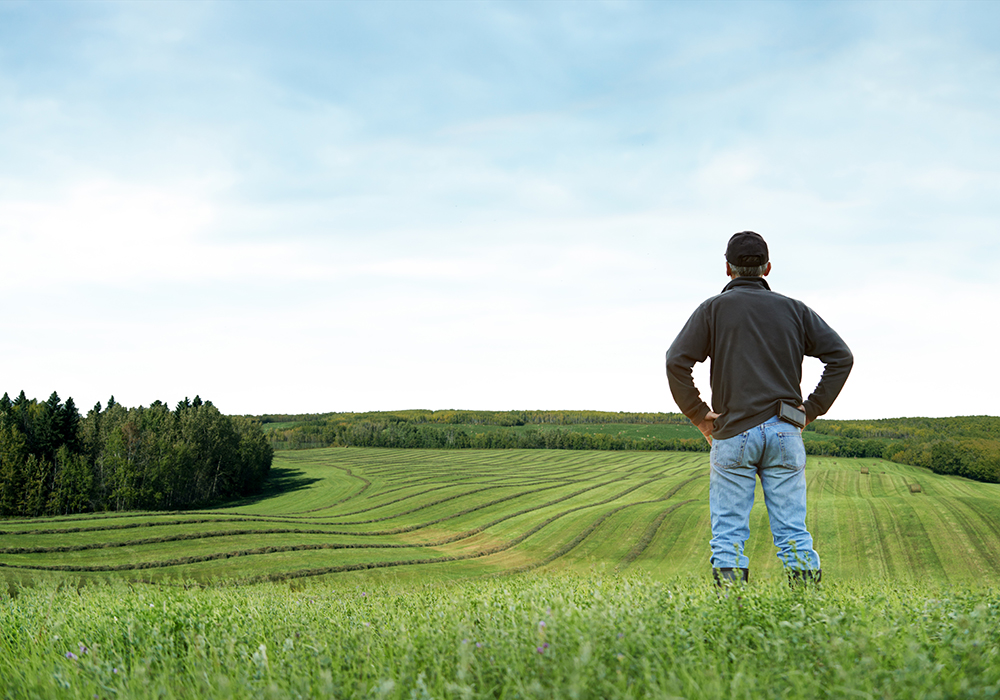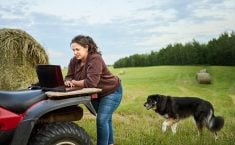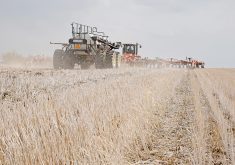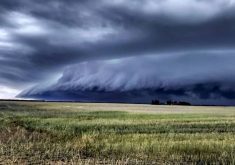Government funding is something to always keep on your radar. But keeping up to date on the latest and everchanging grants and their requirements can be a lot. So, I’ll do my best to summarize a few of the grants and programs currently available. You might be surprised at what your farming operation qualifies for.
When considering if you should apply for a grant, it is important to go through the application and acceptance process first. Often you won’t be eligible to receive funding for a project that is already underway.
Read Also

Budget seen as fairly solid, but worrying cracks appear
The reaction from the agriculture industry to prime minister Mark Carney’s first budget handed down November 4th has been largely positive.
The Advance Payments Program provides farmers access to low-interest cash advances of up to $1 million a year to assist with the costs associated with your production cycle.
The amount you receive will depend on the value of your farm’s agricultural products.
The federal government will pay the interest for you for the first $250,000 for the 2023 program year, while you repay the advances as you sell your products and commodities.
You have 18 months to fully repay this loan for most commodities.
The On-Farm Climate Action Fund program is designed to help producers tackle climate change by supporting new actions to lower greenhouse gas emissions.
The program focuses on three initiatives; improving nitrogen management, enhancing soil health with cover crops and strengthening rotational grazing systems.
While this program is primarily focused on Alberta farmers, the rotational grazing program is available to all agricultural producers in Alberta, British Columbia, Saskatchewan and Quebec through The Canadian Forage and Grassland Association.
Producers can apply for projects up to $20,000 per year on a cost-shared basis of 70 percent (program’s share) to 30 percent producer share, for eligible project expenses.
Projects of a larger scale may be eligible for more than $20,000, determined on a case-by-case basis.
To be eligible for the rotational grazing program, you must produce a primary agricultural product with a gross income of greater than $10,000.
Social insurance number or business number will be required and payments will be issued under the appropriate name.
Eligible expenses include, but are not limited to, new fencing materials, in-kind labour and equipment use, remote watering systems, including wells, pipelines and trenching of waterlines, seed and seeding costs for improving pastures, and activities to implement low-methane pastures.
There are additional eligible costs and limitations, so it’s important to refer to the guidelines as established in the On-Farm Climate Action Fund and Canadian Forage and Grassland Association program guides.
Are you a poultry producer? There has been $44 million committed for distribution over the next 10 years to help promote an increase in local demand for Canadian turkey and chicken products.
To apply for the grant, you will need to submit a multi-year strategy on how you would use funds through expenses such as in-store and food service promotions and product demonstrations, market research, development or expansion of target audiences, increasing delivery of current market development activities and adapting current branding to meet changing consumer expectations.
As I mentioned above, this isn’t an exhaustive list of all programs available, so you should talk to a trusted adviser to determine what programs may be available for your operation.
Colin Miller is a chartered accountant and partner with KPMG’s tax practice in Lethbridge. Contact: colinmiller@kpmg.ca.















